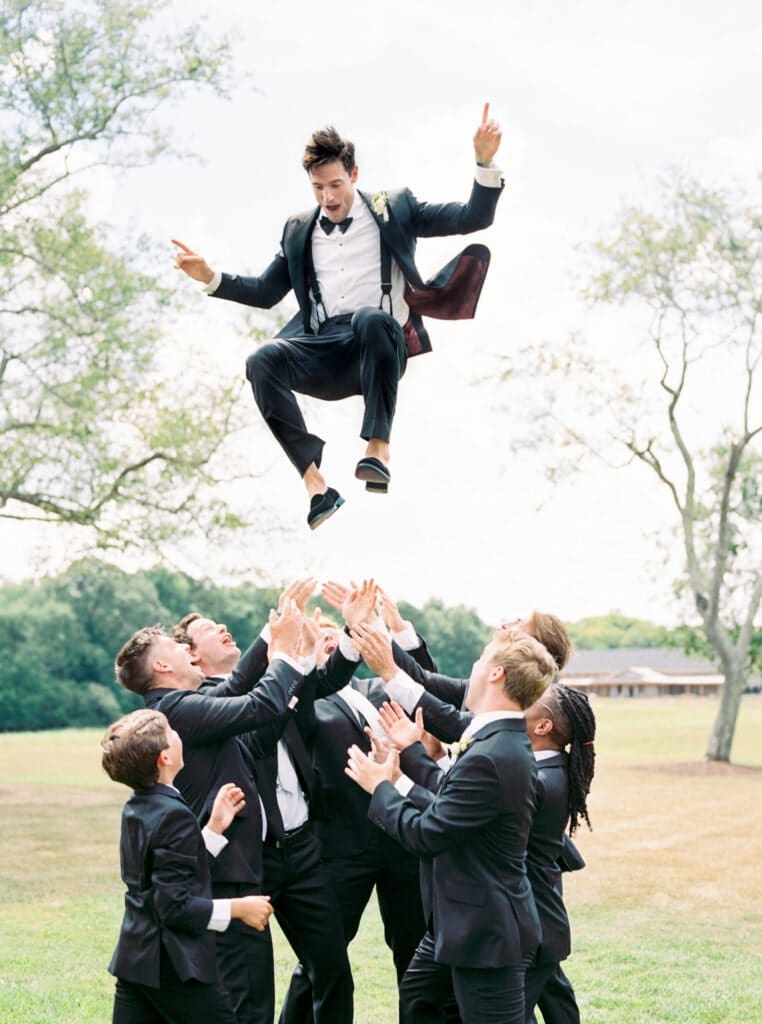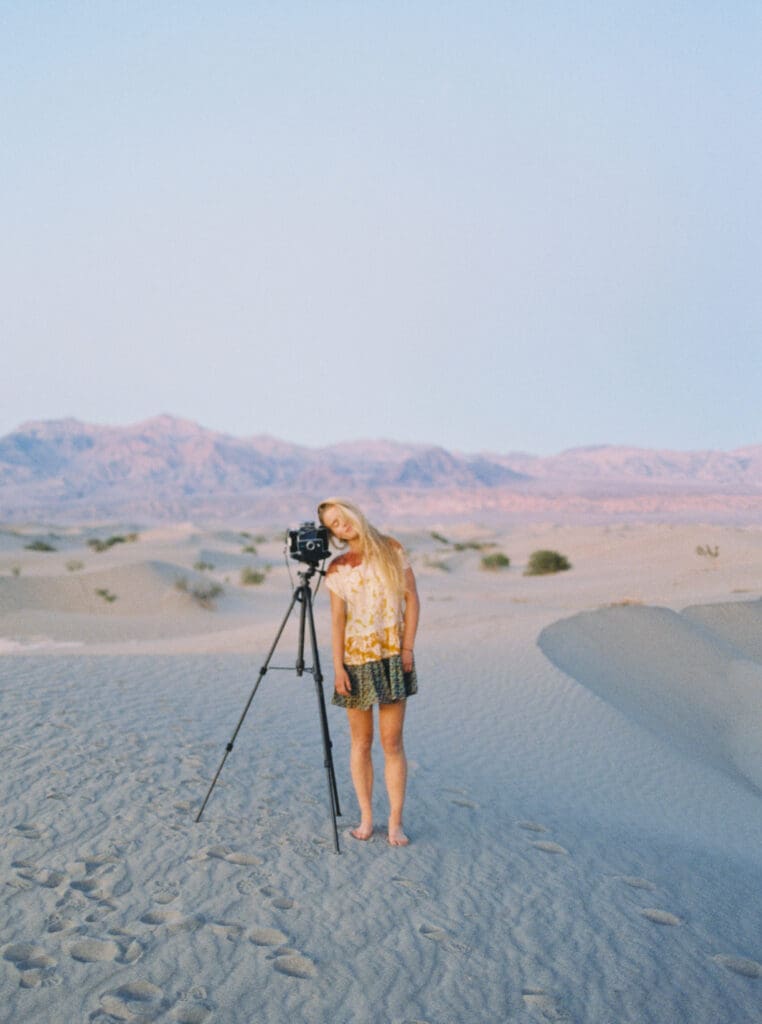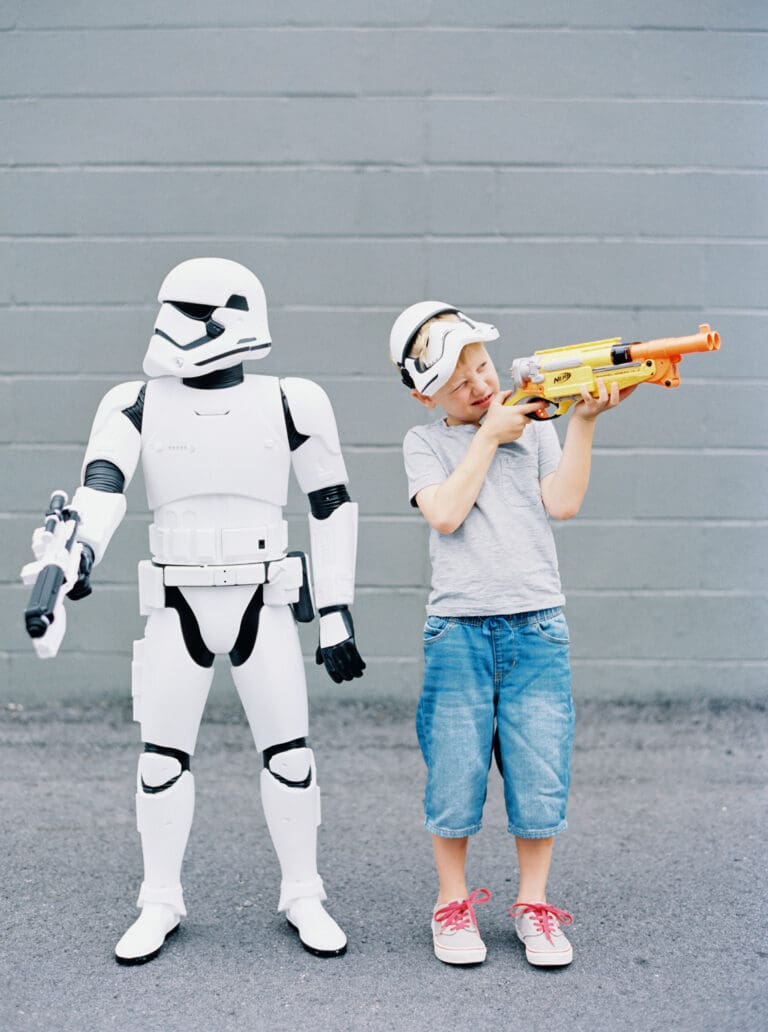We all love film for it’s smooth texture and dreamy color but we still want the results to be sharp photos. Come with us on a short walk through the land of simple tips to getting sharp photos, even on film.
Shoot Above f/2 to Better Your Chances for Sharp Photos.
Yes, apertures above f/2 and f/2.8 do exist—and they photograph on film beautifully!
The smaller your aperture number, the smaller your depth of field. When shooting at f/2 or f/2.8, your depth of field is quite shallow. As such, while your subject’s nose might be tack sharp, their eyes will likely fall out of focus. To get a larger depth of field (and see both eyes and nose) try stopping down to f/4 or f/5.6. We promise you will still see beautiful bokeh!

Photo Credit: Katie Devaney of Be Light Photography Consider Using a Macro Filter
Use a Tripod or Monopod For Sharp Photos
The best photographers know when they need to use tools, of any kind, and use them. Very few photographers can shoot handheld below a 1/60 shutter speed and still achieve a crisp image. Though it may not seem like it at first, cameras get heavy! And blurry images do not make for happy clients. Again, film is dreamy, but the goal is still to have our subject in focus in sharp photos.
Trust us—tripods, coupled with a quick-release L-Bracket, will not hamper your shooting style or your connection with clients. Rather, they’ll allow you to shoot at slow shutter speeds long after the sun has set or capture darker scenes indoors crisply, using only window light. Sharp photos will be the blessed result of carrying this one extra piece of equipment with you on any shoot.
Monopods are a sweet deal, too, because they are relatively inexpensive and extremely lightweight. It’s super easy to clip them to your bag and haul them onsite.

Photo Credit: Mason Neufeld
Both tripods and monopods can be the determining factor in reducing camera shake, avoiding blurry images and nailing your focus.
Adjust Your Diopter
This is a quick and easy step that, if forgotten, can lead to a slew of blurry images. You can learn how to adjust your camera’s diopter by reading your camera manual. You’d be surprised at how big of a difference this can make when aiming for sharp photos in your portfolio. It’s so simple that many photographers forget to check it and end up with less than thrilling results.

Photo Credit: Michelle Wolfe
Consider Using a Macro Filter

Photo Credit: Rachel Gomez
Looking to get up close and personal with your clients or detail shots? Try using a macro filter. Hoya makes great macro filters and they are far cheaper than buying a dedicated macro lens. Macro filters allow you to get quite close to your subject, all while maintaining focus!
Move Your Feet

Photo Credit: Rachael McIntosh
To keep active clients in focus as they move across your frame, move with them at their speed! Here’s how:
-
- Start by focusing on your subjects before they start moving.
-
- Next, ask your client to do their movement at “half speed,” whether that is walking, running or dancing!
- Move with your clients, at their speed, keeping yourself the same distance away from them as when you first set your focal point. Presto! Crisp, action imagery.
Do you utilize any of these on your photography endeavors? We’d love to know!

Photo Credit: Carlos Hernandez
